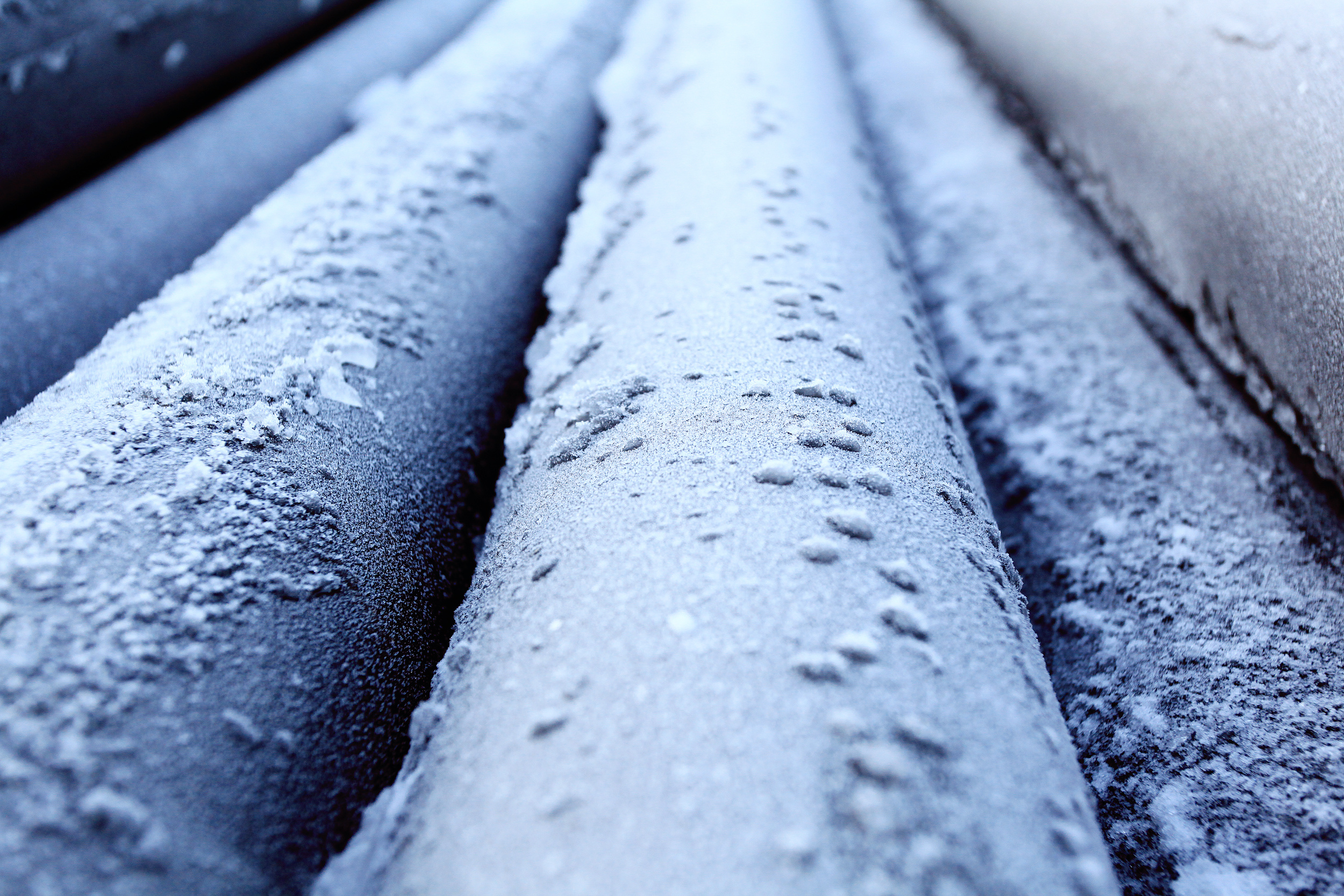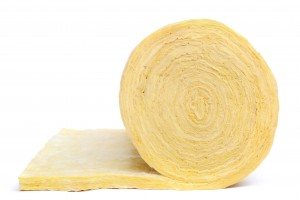 (412) 364-9114
(412) 364-9114

Everything sweats when temperatures rise in the summer, and cold water pipes are no exception. It may sound trivial, but sweating pipes can cause serious water damage, and can lead to mold and structural rot. Luckily, pipe sweating is a relatively simple fix and can be taken care of by DIYers.
Pipe sweating occurs because cold air holds less water vapor than warm air. When a cold pipe touches the hot, moist air around it, the temperature around the pipe drops and the air reaches its dew point. This causes the water vapor in the air to become a liquid and collect on the side of the pipe.
This is the same phenomenon that allows clouds to form, and while the formation of condensation is probably a neat process if you’re into meteorology, you may appreciate it less a homeowner.
Fixing a pipe that sweats isn’t such a difficult task, but before you fix the pipe, your first job is to ensure that it’s actually sweating and not leaking. If the sweating is bad enough, it may be hard to tell the difference.

If you do determine that the pipe is definitely sweating, there are a couple things you can do to fix the problem.
Pipe insulation is a great DIY project because just about anyone can fit a self-adhesive sleeve over a pipe. We recommend insulating all your pipes, not just the sweating ones. Pipe insulation can make your home more energy efficient and can prevent your pipes from freezing and bursting when temperatures drop in the winter.
For more information or to pay for professional pipe insulation, give us a call at Terry’s Plumbing.